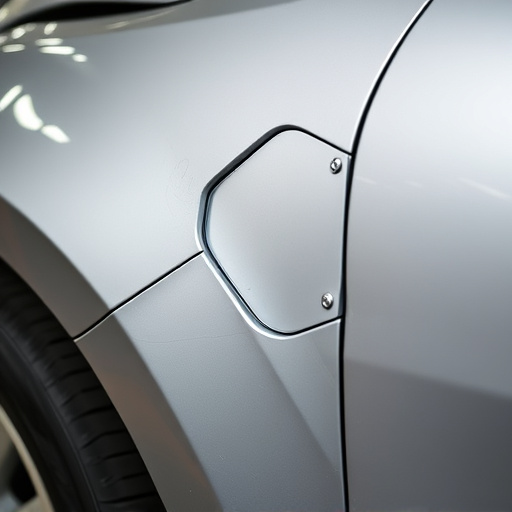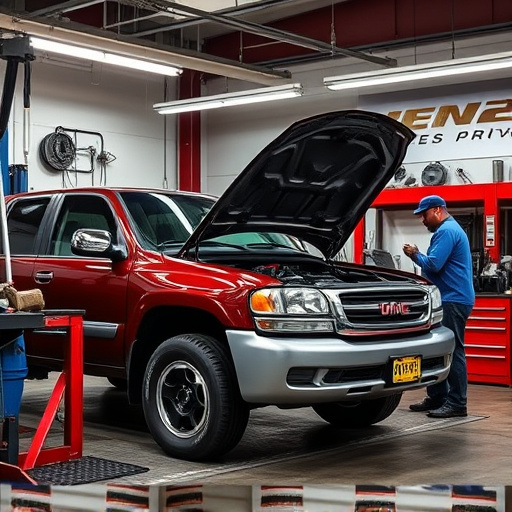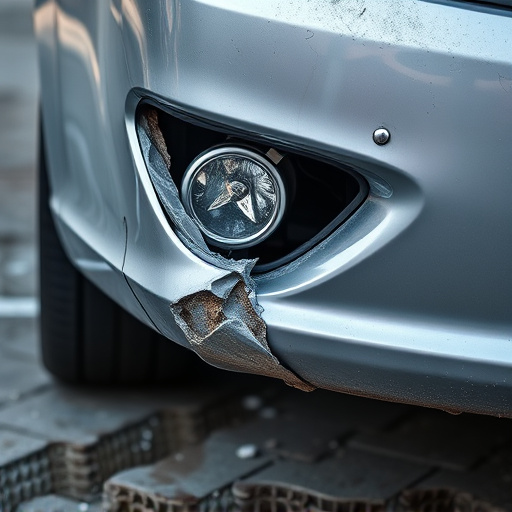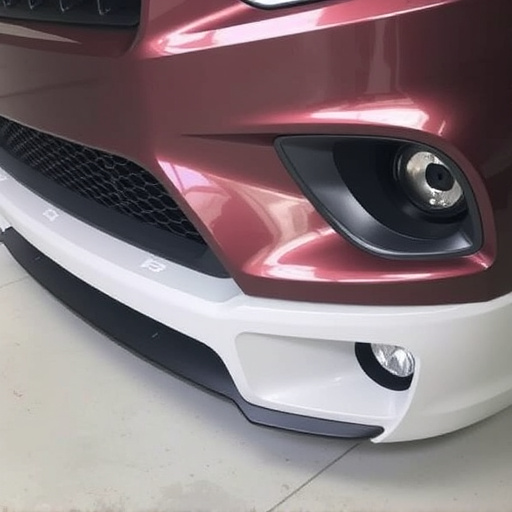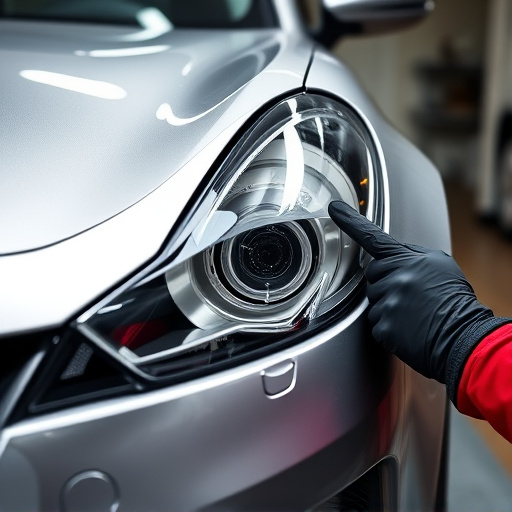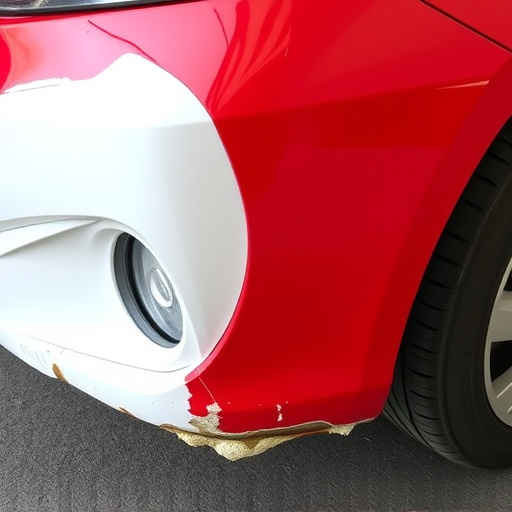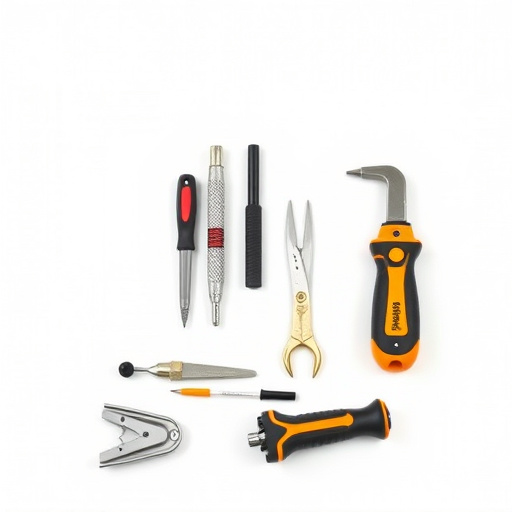Using dent repair tools at home offers advantages for minor vehicle dents, with benefits like convenience and cost savings. However, improper use can lead to further damage, unsightly repairs, and safety risks. DIY methods are suitable for simple dents but may not achieve professional precision. Deep or complex damage requires expert intervention from auto body shops.
Considering repairing car dents at home? Dent repair tools offer a tempting DIY solution, promising convenience and cost savings. From plastic pullers to hammer and suction kits, these tools cater to various needs. However, navigating dent repair without professional expertise comes with risks. This article explores the benefits and drawbacks of using dent repair tools at home, providing insights into their effective use and best practices for safe, successful results.
- Benefits of Dent Repair Tools at Home
- Drawbacks and Safety Concerns
- Effective Use and Best Practices
Benefits of Dent Repair Tools at Home
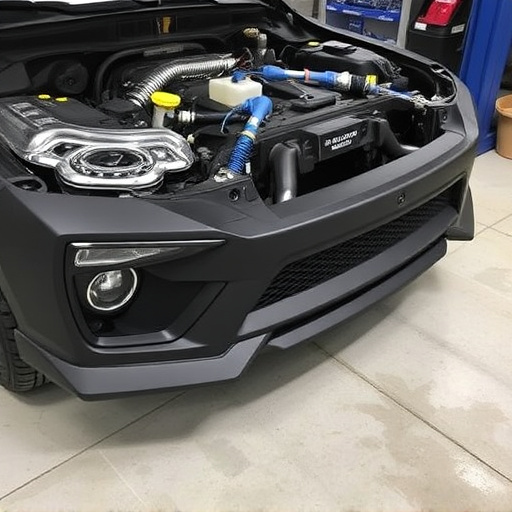
Using dent repair tools at home offers several advantages for those looking to fix small dents and dings on their vehicles. One of the key benefits is convenience—individuals can perform repairs in the comfort of their own garages or driveways, saving time and eliminating the need to visit an auto collision center. This accessibility also translates to potential cost savings, as hiring a professional for minor car body repair can be expensive. Additionally, many modern dent repair tools are designed with user-friendliness in mind, featuring straightforward instructions and intuitive designs that enable even amateur mechanics to achieve professional results.
Home dent repair kits often come equipped with a variety of tools tailored to different types of dents, allowing for versatile solutions across various car body repair scenarios. These tools can range from simple hand pumps and tabs to more complex air compressors and pullers, catering to both shallow and deep dents. By investing in dent repair tools, vehicle owners gain the autonomy to maintain their car’s aesthetic, ensuring a smoother, less damaged exterior that might otherwise require extensive work from a busy auto collision center.
Drawbacks and Safety Concerns
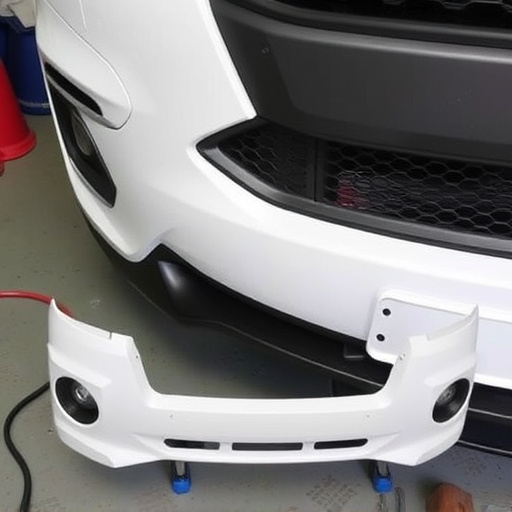
While dent repair tools offer DIY enthusiasts a convenient and potentially cost-effective solution for minor car damages like dents and scratches on fenders or car bodies, there are several drawbacks and safety concerns to consider. First and foremost, improper use can lead to further damage, especially with more complex repairs involving car paint. Using the wrong tool or applying excessive force can result in chipping, peeling, or even permanent deformation of the vehicle’s surface.
Moreover, many at-home dent repair kits lack the precision and power of professional tools, making precise and clean repairs challenging. This can leave unsightly marks, bubbles, or imperfections in the repaired area, requiring additional touch-ups or even a complete repaint. Safety is another critical factor; using these tools incorrectly can result in cuts, bruises, or other injuries to the user, especially if proper safety gear isn’t worn. It’s essential to follow all instructions carefully and prioritize professional help for more significant car damage repairs to avoid these potential risks.
Effective Use and Best Practices

Using dent repair tools at home can be effective if approached with care and the right techniques. For minor dents and dings, these tools can offer a cost-efficient solution. However, it’s crucial to understand that not all dents are suitable for DIY methods. Deep or complex damage might require professional intervention from an auto body shop, where trained technicians use specialized equipment like frame straightening tools to ensure precise repairs.
Best practices involve preparing the work area by ensuring good lighting and a clean surface. Wearing protective gear, such as gloves and safety goggles, is essential for user safety. Following the instructions provided with the dent repair tool meticulously can lead to successful outcomes. Regular practice and patience are key, as perfecting the art of dent removal takes time. Remember, while these tools offer convenience, they may not match the precision and quality of auto body services from a professional shop.
While dent repair tools offer homeowners a convenient and cost-effective solution for minor dents, it’s crucial to weigh both the pros and cons. By understanding the effective use and best practices, you can make an informed decision about whether dent repair tools are the right choice for your needs. Remember, while they may be user-friendly, safety should always be a priority, and for more severe damages, professional assistance is recommended.
